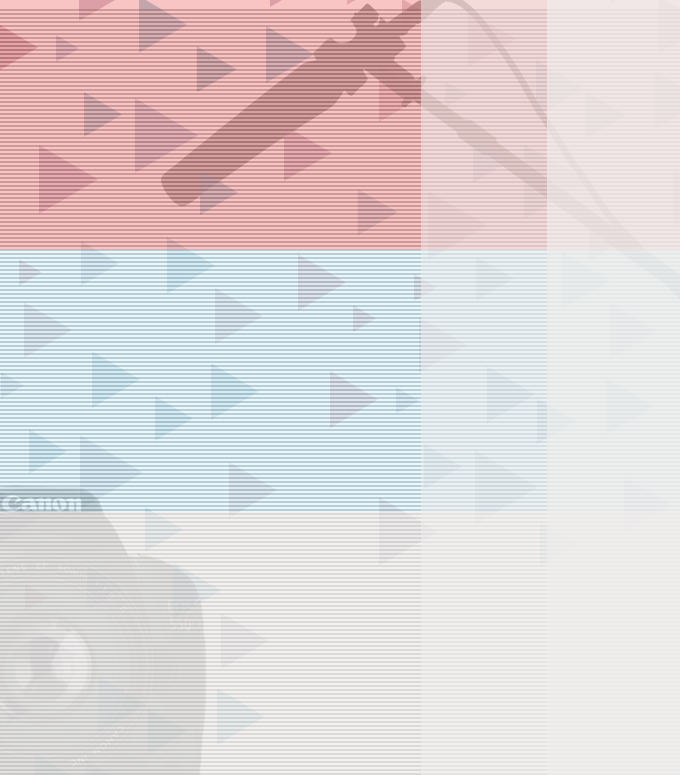This Summer we produced a video that premiered at the 2017 Little Lights Benefit.
Little Lights is a wonderful non-profit committed to empowering under-served youth and families in Washington, DC for over 20 years. The annual benefit is a big evening meant to increase awareness of and garner support for all the things happening in the communities Little Lights serve.
We were asked to produce a 7-minute video that would highlight two landmarks in Little Lights’ year: the launch of the brand new Hilltop Center, their first after-school program east of the Anacostia River; and the success of the Clean Green Team, a groundbreaking social enterprise providing needed employment opportunities to public housing residents while also beautifying the surrounding community. The video would include interviews and plenty of good B-roll footage, while telling a story that supported the theme of this year’s Benefit – “Leave Your Mark”.
Producing a video like this might seem daunting, because it involves a lot of details, moving pieces, and schedules. But with the right game plan, production can run smoothly and be a lot fun. It was a true pleasure to work with Little Lights and the community on this production. We wanted to share some of the keys to that success.
Planning [Pre-production]
Effective teamwork with the client and good planning are keys to a smooth video production. Due to a strong working relationship with Little Lights’ Communication Director, the following steps ensured a successful final product and an enjoyable production process.
1. Project Kick-off and Brief
We kicked the project off with a detailed phone call with the client in which we discussed:
- purpose and goals;
- target audience;
- where the video would be shown;
- how it could connect to this year’s theme;
- what stories were important to tell;
- and a general look and feel to the production.
The client came to the call prepared with individuals they had in mind for interviews and a rough idea of the stories each would tell. This allowed us to start devising questions for the interviewees that would help support the message of the video and even begin some preliminary planning for the video shoot.
2. Conducting Pre-interviews
We asked the client to conduct pre-interviews with the people who were slated to be in the video. She was able to send us a detailed transcript of these pre-interviews. This transcript allowed us to clearly identify the story that was to be told, helped us make adjustments that would illicit a stronger response from the interviewees, and gave us the ability to draft a storyboard for the final video.
This also helped the interviewees be prepared and confident on the shoot-date. Minimizing surprises allowed them to feel more comfortable, allowing their personalities to shine.
3. Creating a Storyboard and Shot List
The pre-interview notes helped inform us of the footage we knew we’d need to shoot.
Discussions with the client and the pre-interview notes helped us create a storyboard. The pre-interview notes often helped inform us of the footage we knew we’d need to shoot. For example, if one of the interviewees talked about a student that he connected with, we knew we’d want plenty of B-roll of that student for post-production.
4. Scouting Filming Locations and Creating the Shoot Schedule
We worked with the client to schedule two days of back-to-back filming (about 5 hours per day). The client coordinated with the interviewees and staff and also provided us a schedule of activities for at each location in advance of the shoot dates. Using this information, we put together a shoot schedule.
We scouted each of the filming locations ahead of the shoot dates. This allowed us to:
- assess lighting and power requirements;
- come up with specific B-roll shot ideas;
- finalize our equipment list;
- and plan backup locations in case of inclement weather or other unforeseen circumstances.
Filming [Production]
We filmed over two days at two main locations.


While the shot list and schedule were important to have in place, once we were out in the field we knew we’d have to be nimble: ready to capture those moments that can’t be planned; open to inspiration as it came, and ready to adjust schedules on the fly.
Our client was with us at the beginning of each shoot day to act as off-camera interviewer. As the familiar and trusted face she put the interviewees at ease. She was also our liaison with the community and staff at each location.
Editing [Post-production]
Between interviews and B-roll, we had over 6 hours of great footage that not only had to tell a compelling story, but do so in 7 minutes! After the footage was logged, we began the editing process, which involved:
- Designing and creating lower-third graphics and title sequences needed;
- Incorporating elements of the Little Lights Benefit’s graphics given to us by the client;
- Finding options for a musical soundtracks that supported the mood of the video;
- Editing and mixing soundtracks to match cues in the video;
- Color grading and correction to ensure the video had a consistent look/feel;
- and editing audio – cleaning up background noise, balancing tracks; equalizing and normalizing the audio.

The Result
The finished video was premiered at the Howard Theater for the 2017 Little Lights Benefit. The Benefit was a huge success, raising more than $150,000, and making it the most successful Benefit to date.
https://www.instagram.com/p/BZwo_4dlp1F/?taken-by=littlelightsdc
